Mnesithea formosa
(R.Br.) de Koning & Sosef
Silkytop
This grass is an erect or trailing annual up to 60 cm high; the leaves are narrow, to 4 mm wide and arranged along the flowering stem or culm (Fig. 1). The basic flowering units or spikelets are arranged in a spike like flowering head up to 8 cm long and up to 3 mm diameter (Fig. 2). The spike has a jointed or segmented cylindrical appearance, with 6 to 12 segments stacked end to end, and with spikelets arranged in pairs along each segment (Fig. 3a & b). At maturity the segments separate at the joints. Each segment consists of a thick well developed internode or stem segment which carries two spikelets, a fertile spikelet and a sterile spikelet. The fertile spikelet is plump but obscure as it is neatly embedded into the thick internode and often covered with long silky hairs. The sterile spikelet is more obvious and attached at the abscission or detachment point at the tip of each segment. It consists of two papery structures, usually contoured to hug the next segment up. Often both the base and tip of each of the spike segments have long silky hairs which are appressed (held flat against the stem) when immature but spread out at maturity.
Botanical Description
An annual grass up to 60 cm high. (Fig. 1 & 4). The leaves are cauline (arising along the stem of the plant), with leaf blades from 1-12 cm long and 1-4 mm wide. The inflorescence or flowering branch is a solid, cylindrical, jointed raceme or spike to 8 cm long and is fragile at the nodes, the segment or internodes 2-2.5 mm long. Spikes are solitary and terminate the culm. The spikelets are paired in each segment of the spike, each pair consisting of one fertile stalkless spikelet and one sterile stalked spikelet (Fig. 3b), the stalk is indistinguishable in this instance as it is considered to be fused with the internode. The sessile spikelets are fertile and consist of a hairy lower glume and two florets (a modified grass flower), the lower floret is barren and the upper floret is fertile.
Diagnostic Features
Mnesithea formosa is quite distinct and is unlikely to be confused with other grass species when flowering. The segments of the spike give the flowering head an almost striped appearance (Fig. 2). Small annual grasses which may be superficially confused with Mnesithea formosa belong to the genera Thaumastochloa and Schizachyrium. Thaumastochloa lack the silky hairs of Mnesithea formosa while Schizachyrium spp. have conspicuous awns. For more information see factsheets on these genera also available in this series.
Natural Values
This species is common throughout northern Australia and provides seed for seed eating fauna including the Golden Shouldered Parrot (Crowley et al 2004).
Habitat
This species is very wide spread in the groundlayer of savanna woodlands of northern Australia and Cape York Peninsula (Fig. 5.), although never in any great abundance.
Land Management Notes
This grass is palatable to grazing stock but is low in bulk. Lazarides (2002).
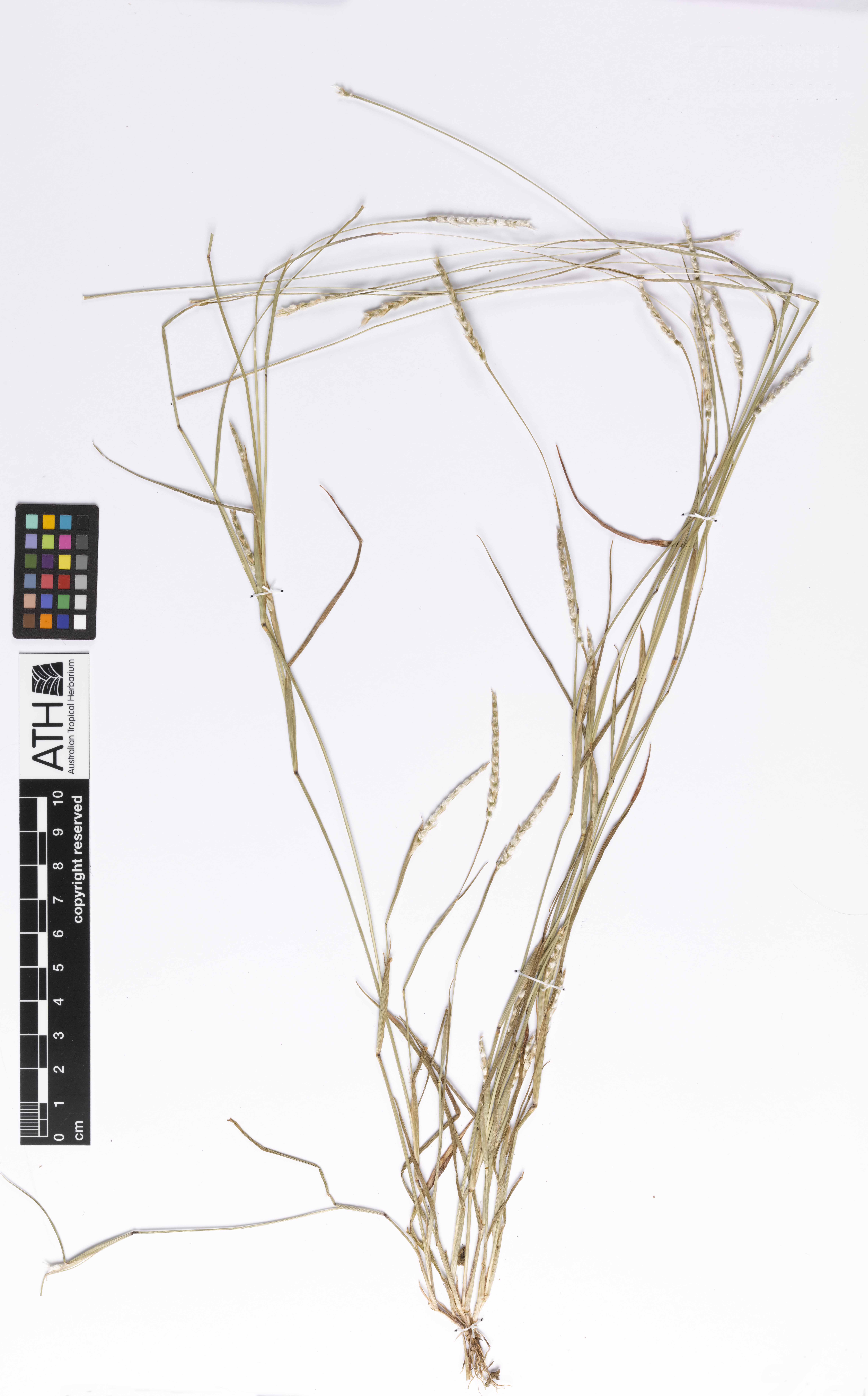
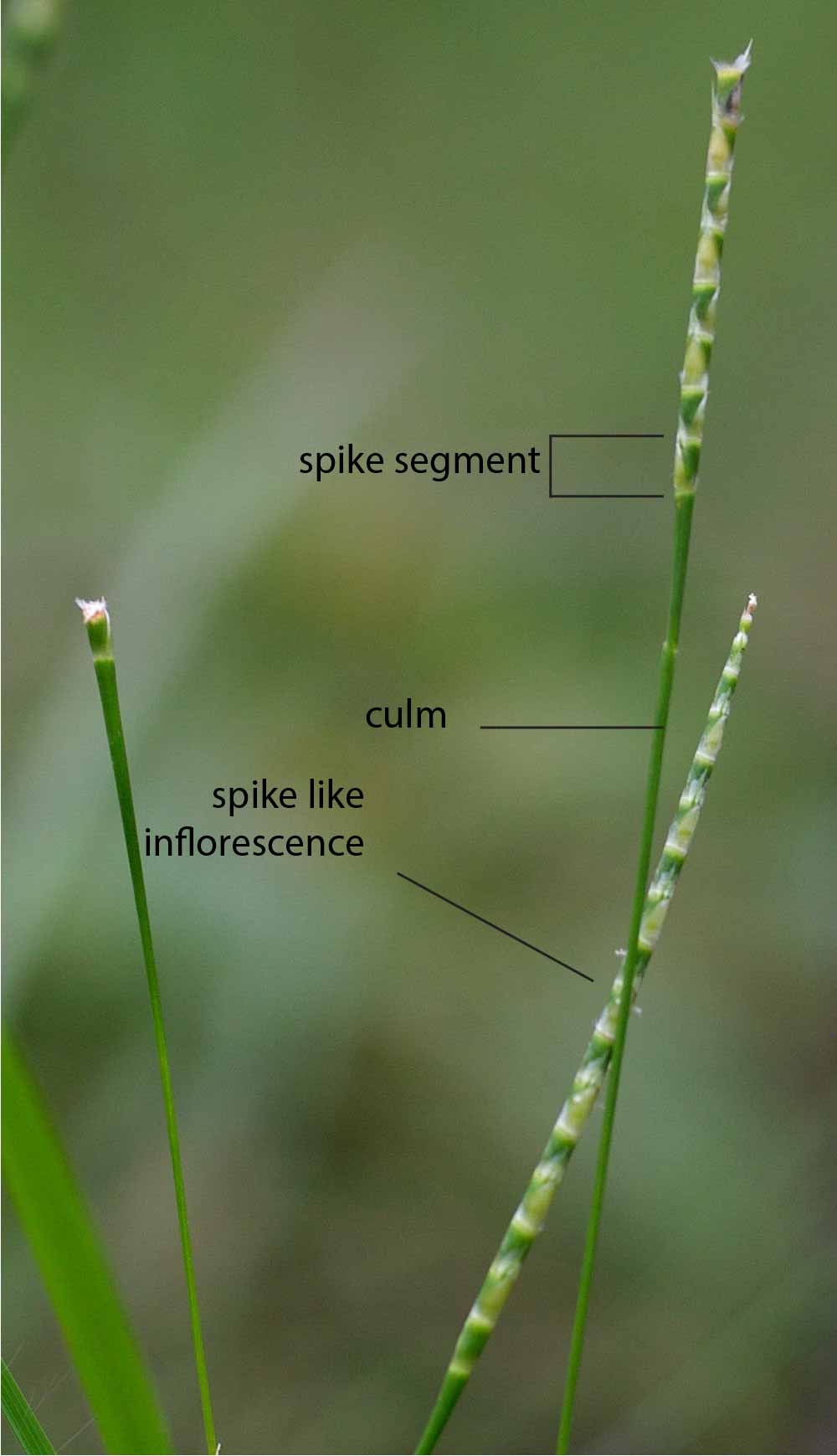
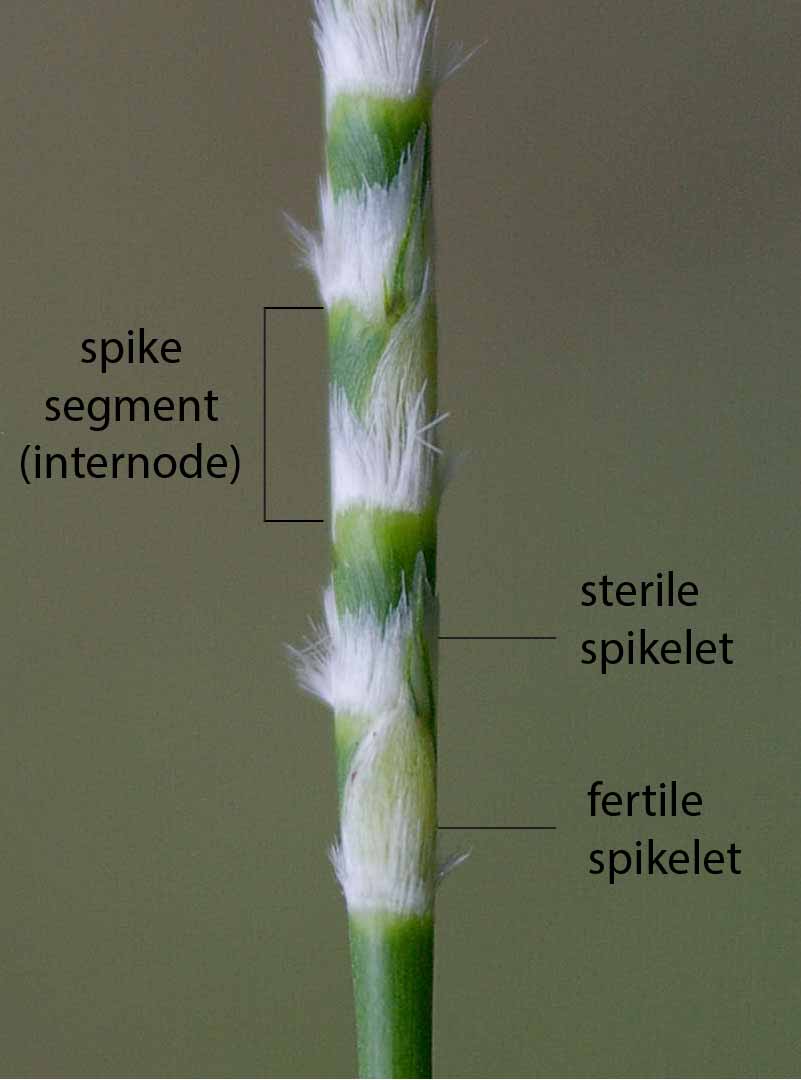
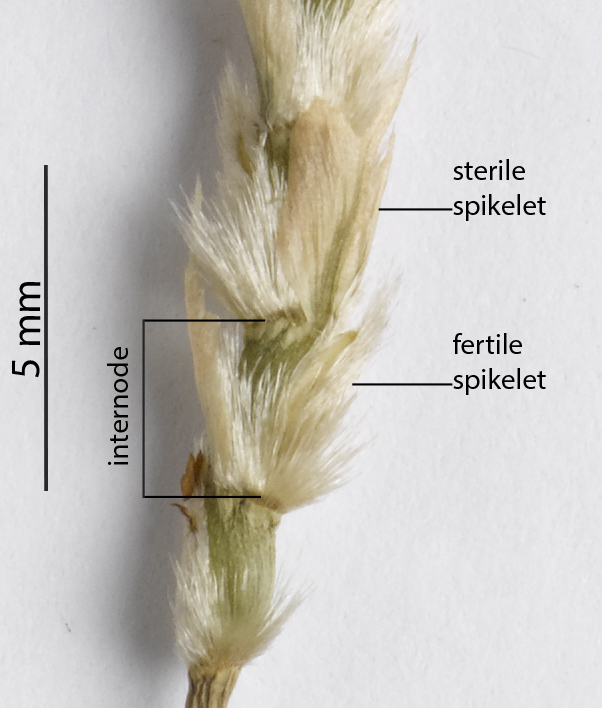
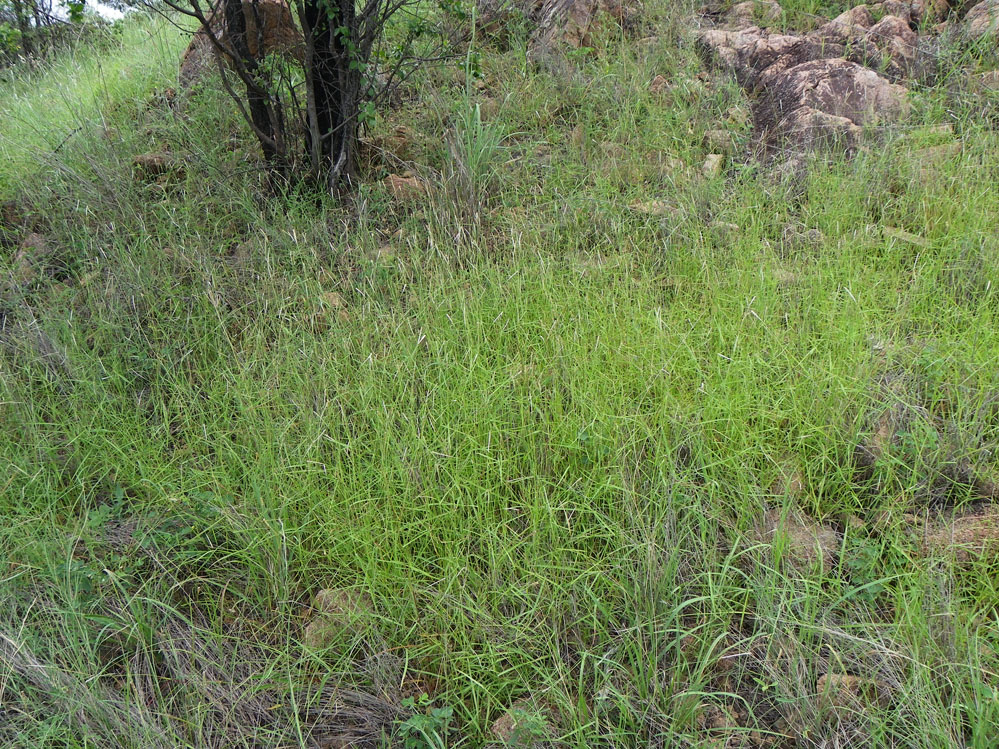
Resources
AVH (2018) Australia’s Virtual Herbarium, Council of Heads of Australasian Herbaria, <http://avh.chah.org.au>, accessed 1 Mar 2018.
Crowley, G.M., Garnett, S.T. and Shephard, S. (2004). Management guidelines for golden-shouldered parrot conservation. Queensland Parks and Wildlife Service, Brisbane.
Hooker, Nanette B. (2016) Grasses of Townsville. James Cook University, Townsville, QLD, Australia.
Lazarides, M. (2002). Economic attributes of Australian grasses. Flora of Australia 43: 213-245.
Milson, J. (2000). Pasture plants of north-west Queensland. Information Series Q100015. Queensland Department of Primary Industries.
Simon, B.K. in Wheeler, J.R. (ed.) (1992), Mnesithea. Flora of the Kimberley Region: 1191
Simon, B.K. & Alfonso, Y. (2011) AusGrass2, http://ausgrass2.myspecies.info/accessed on [8 February 2018].

